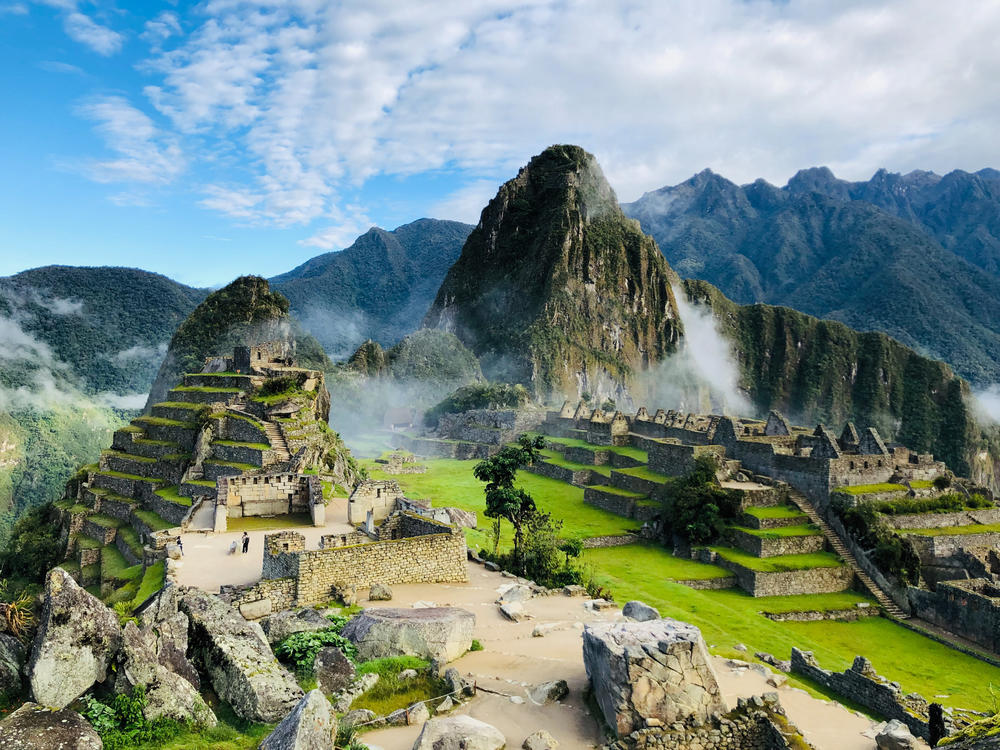Section Branding
Header Content
Historians say explorers got it wrong: It's not Machu Picchu, it's Huayna Picchu
Primary Content
Peru's Machu Picchu is more than 600 years old and yet, experts continue to learn new things about the iconic archeological site.
Last year, researchers discovered the ancient Incan city is at least 30 years older than previously thought. Now, it turns out that we may be calling it by the wrong name.
A recent paper by Peruvian historian Donato Amado Gonzalez and American archaeologist Brian Bauer concludes that the Incas who built the get-away city in the clouds actually called it Huayna Picchu — or simply just Picchu — the name of a peak overlooking the ruins.
The report, published in Ñawpa Pacha: Journal of the Institute of Andean Studies, cites a number of historical sources that refer to the once-thriving city by its forgotten names.
When American explorer Hiyam Bingham first climbed up to the citadel in 1911 and asked what it was called, the report found, he was initially told it was known as Huayna Picchu. But days later, he was told by a different guide that the site was called Machu Picchu.
It appears that's the name that stuck.
"It's true that at the time it was not so well known to people, but there is a lot of concrete evidence suggesting that those who did know it did not call it Machu Picchu," Amado Gonzalez told NPR in a phone interview conducted in Spanish.
Even more important, he added, the research is based on centuries of documents, including some of the region's first maps, land records, and even Bingham's own notes and letters.
The researchers write that "there was an initial misunderstanding of the local toponyms at the time of Bingham's first visit, which has been uncritically repeated over the past century."
An official Spanish record dating back to 1539, just seven years after the conquest of Peru, refers to an area called Picchu. Another, dated 1568, specifically mentions a town of the same name.
"We also have a clear reference to the 'the ancient Inca town of Huayna Picchu' from a 1715 document, and we are told in a much earlier 1588 document that various inhabitants of the Vilcabamba region wanted to return to town of Huayna Picchu where they hoped to return to their own religion," the paper states.
An atlas published in 1904 — before Bingham's arrival — also mentioned the ruins of an Inca town called Huayna Picchu. "There's really no debate about it," Amado Gonzalez said.
But that doesn't mean that there are any plans in the works to change the name of one of South America's most popular tourist destinations. More than 7,000 feet above sea level in the Andes Mountains, Machu Picchu is a designated UNESCO World Heritage site. For years, it has drawn about 1 million visitors a year (perhaps, too many) who want a first-hand glimpse of the wonders of the 15th century Incan Empire.
"It may not have been Machu Picchu to the Incas but now it's Machu Picchu to the world," Amada Gonzalez said.
Copyright 2022 NPR. To see more, visit https://www.npr.org.

